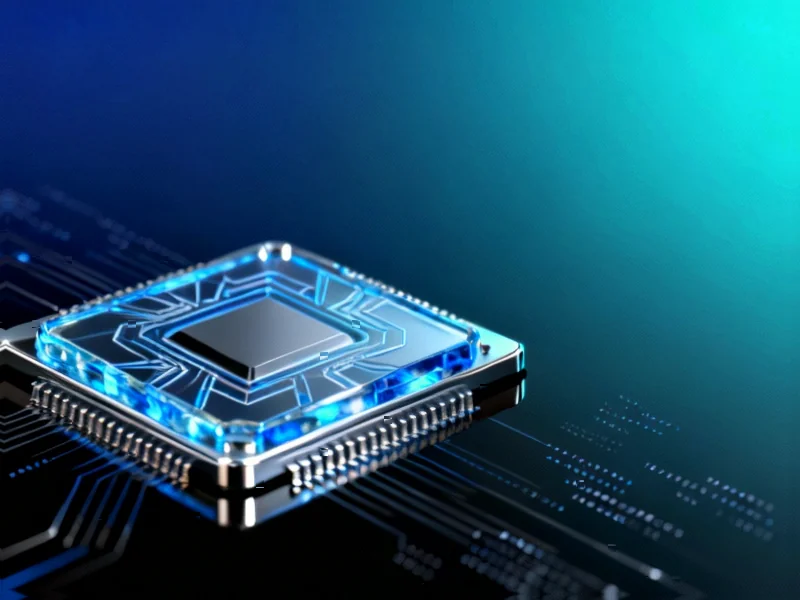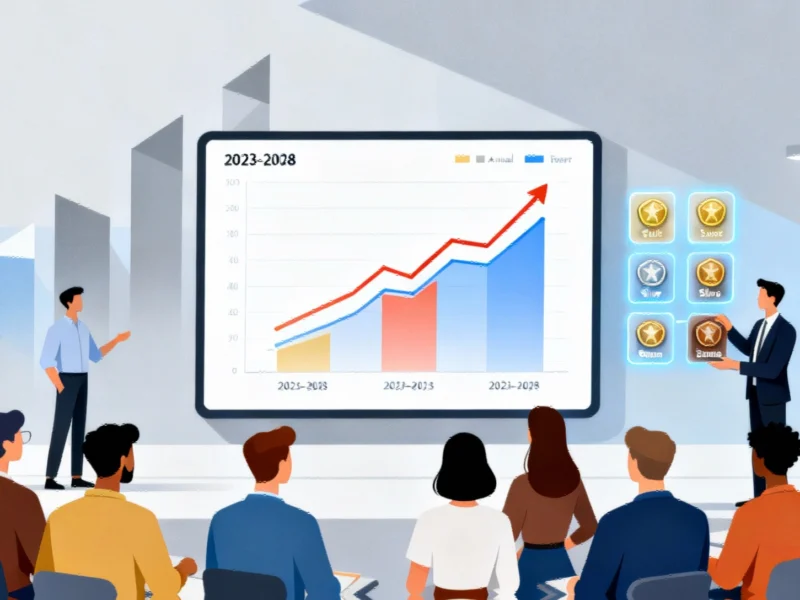Vulkan Integration Marks Major Milestone for Blender’s Performance
The upcoming Blender 5.1 release is set to make Vulkan the default rendering API, representing one of the most significant architectural shifts in the open-source 3D creation suite’s recent development history. This strategic move away from OpenGL promises to deliver substantial performance improvements across diverse hardware configurations, particularly benefiting complex scene rendering and viewport responsiveness.
Table of Contents
Industry professionals working in animation studios, architectural visualization, and product design have long awaited this transition, as Vulkan’s lower-level access to GPU resources enables more efficient utilization of modern graphics hardware. The change is particularly relevant for industrial computing applications where render times directly impact project deadlines and computational resource allocation.
Technical Advantages for Professional Workflows
Vulkan’s multi-threading capabilities and reduced driver overhead translate to tangible benefits for production environments. Early testing indicates potential performance gains of 30-50% in viewport navigation for complex scenes containing millions of polygons. The API’s cross-platform compatibility also ensures consistent behavior across Windows, Linux, and macOS systems, crucial for studios maintaining heterogeneous computing environments., according to further reading
Memory management improvements represent another critical enhancement, with Vulkan providing finer control over resource allocation. This proves particularly valuable for large-scale projects where scene complexity often pushes hardware limitations. The reduced CPU overhead during rendering operations means workstations can maintain better responsiveness during background rendering tasks., according to industry reports
Ecosystem Implications and Industry Alignment
Blender’s adoption of Vulkan as default places it alongside other industry-standard applications embracing modern graphics APIs. This alignment simplifies pipeline integration and reduces the learning curve for artists transitioning between different software packages. The move also signals Blender’s continued maturation as a production-ready tool capable of meeting enterprise-level demands., as earlier coverage
The timing coincides with broader industry shifts toward Vulkan adoption, creating opportunities for standardized workflows across the entire content creation pipeline. Developers of render engines and specialized plugins can now optimize for a single, modern API rather than maintaining compatibility with multiple rendering backends.
Complementary Advances in Open-Source Video Editing
Parallel developments in the open-source multimedia ecosystem further enhance the professional content creation landscape. Shotcut’s recent 25.10 release introduces AI-powered functionality that complements Blender’s rendering advancements. The video editor now incorporates machine learning features for tasks such as:
- Automated scene detection and analysis
- Intelligent color grading assistance
- Enhanced audio processing capabilities
These concurrent developments across complementary open-source tools demonstrate the growing sophistication of professional-grade creative software available to industrial users. The combination of Blender’s rendering improvements and Shotcut’s AI enhancements provides content creation teams with increasingly capable alternatives to proprietary solutions.
Future Outlook and Implementation Timeline
The Blender development team has adopted a cautious approach to the Vulkan transition, ensuring backward compatibility while gradually implementing the new rendering backend. Version 5.1 will make Vulkan the default while maintaining OpenGL support for systems with compatibility requirements. This phased implementation strategy minimizes disruption for production environments while providing a clear migration path.
Looking ahead, the Vulkan foundation enables future features that leverage modern GPU capabilities more effectively. Potential developments include enhanced real-time rendering, improved VR/AR content creation workflows, and better support for emerging display technologies. As industrial computing continues to embrace real-time visualization and virtual production techniques, these underlying rendering improvements become increasingly critical.
The broader implications for open-source software in professional environments cannot be overstated. With each technological advancement, applications like Blender and Shotcut demonstrate that community-driven development can produce tools that compete with—and in some cases surpass—their commercial counterparts in specific use cases relevant to industrial applications.
Related Articles You May Find Interesting
- Unraveling the Mystery of Micrometer Cavity Forces Beyond Casimir Predictions
- Laser Precision: How Solvent Choice and Energy Levels Shape Next-Gen Iron Oxide
- Sustainable Engineering Breakthrough: Silica Sand Transforms Aluminum Composites
- Genetic Puzzle Solved: How a Missing DNA Segment Triggers Rare Facial Syndrome
- Bioinformatics Breakthrough: Designing a Universal Brucella Vaccine Through Comp
References & Further Reading
This article draws from multiple authoritative sources. For more information, please consult:
This article aggregates information from publicly available sources. All trademarks and copyrights belong to their respective owners.
Note: Featured image is for illustrative purposes only and does not represent any specific product, service, or entity mentioned in this article.



